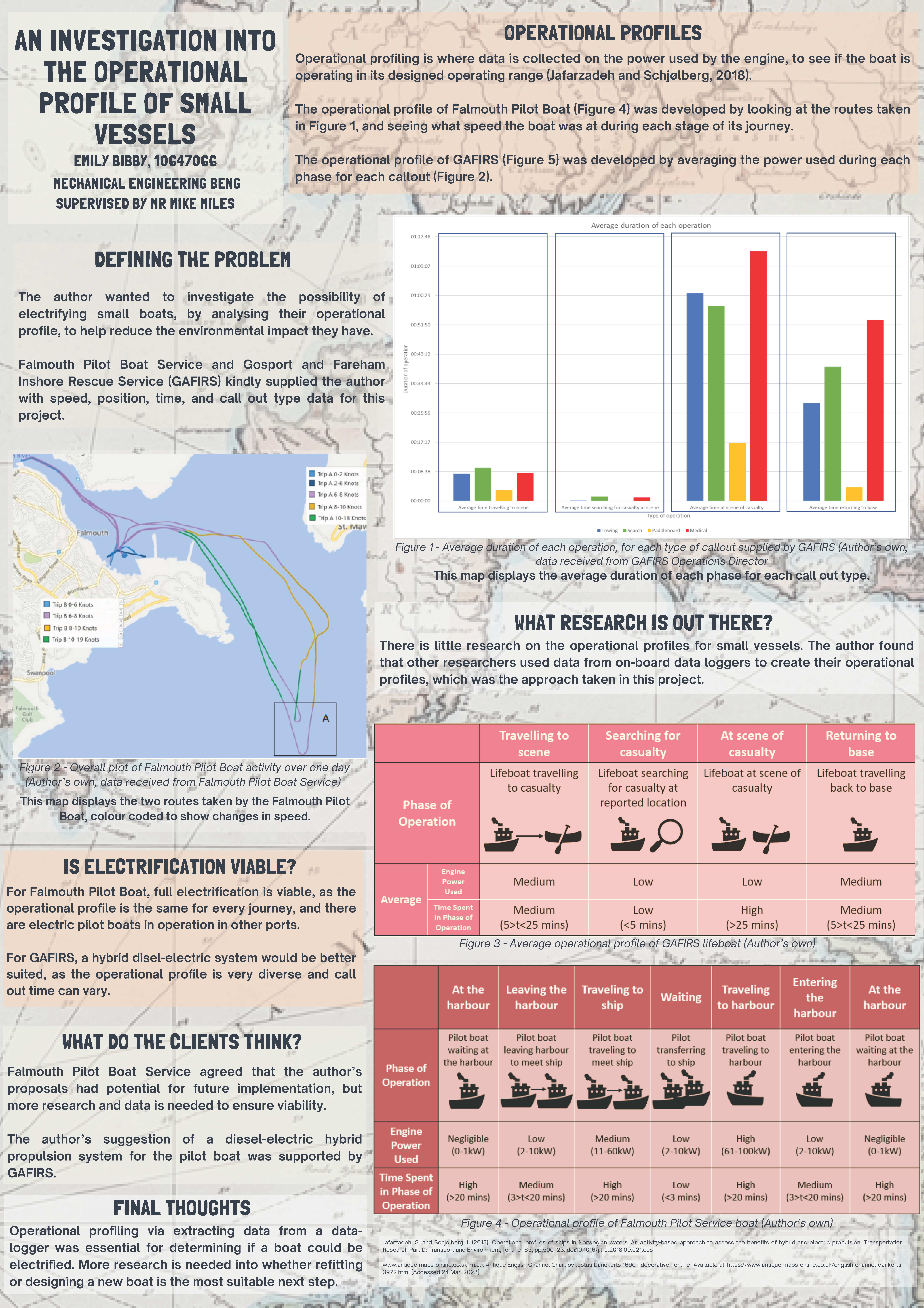BEng (Hons) Mechanical Engineering
This fully accredited, and well respected, programme of study allows students to develop a firm foundation in the principles of Mechanical Engineering. Our graduates have found employment in a diverse range of industries. That diversity is mirrored in the range of dissertation projects our students conduct, examples of which you will find here.
The projects currently being displayed are from our current academic year. To view other years please select below.

The Effect of Annealing on the Mechanical Property Characteristics of Alloy 42
There is 42% nickel and 58 % iron in alloy 42 and it has numerous applications depending upon its p...

How Weather patterns affect the understanding of the degradation of the solar radiation conversion to electrical energy.
The project covers multiple aspects of the conversion of solar radiation to electrical energy as th...

An Investigation into the Technology Transfer of poka yoke into a Hospitality Environment.
Cosy Club Plymouth is a restaurant with frequent quality control and inventory issues within the ba...

Analysis of thermal barrier coatings Using Smoothed Particle Hydrodynamics
The thermal spraying of thermal barrier coatings is investigated in this dissertation using smoothed...







